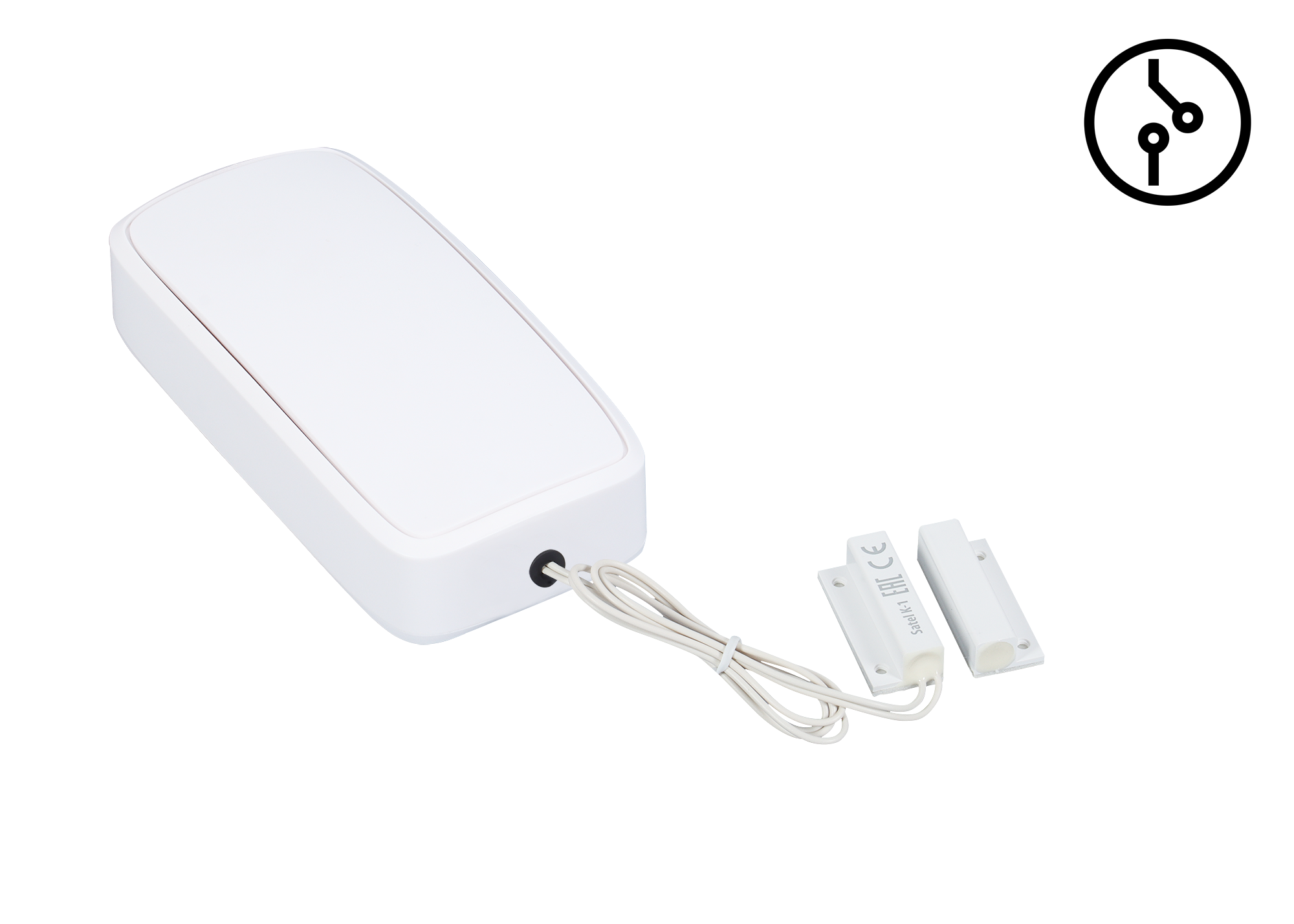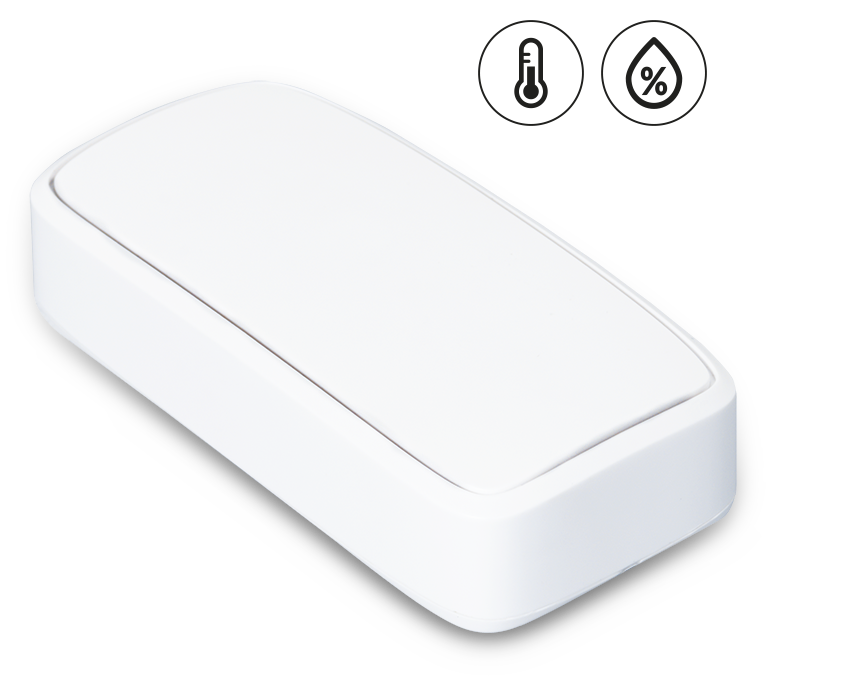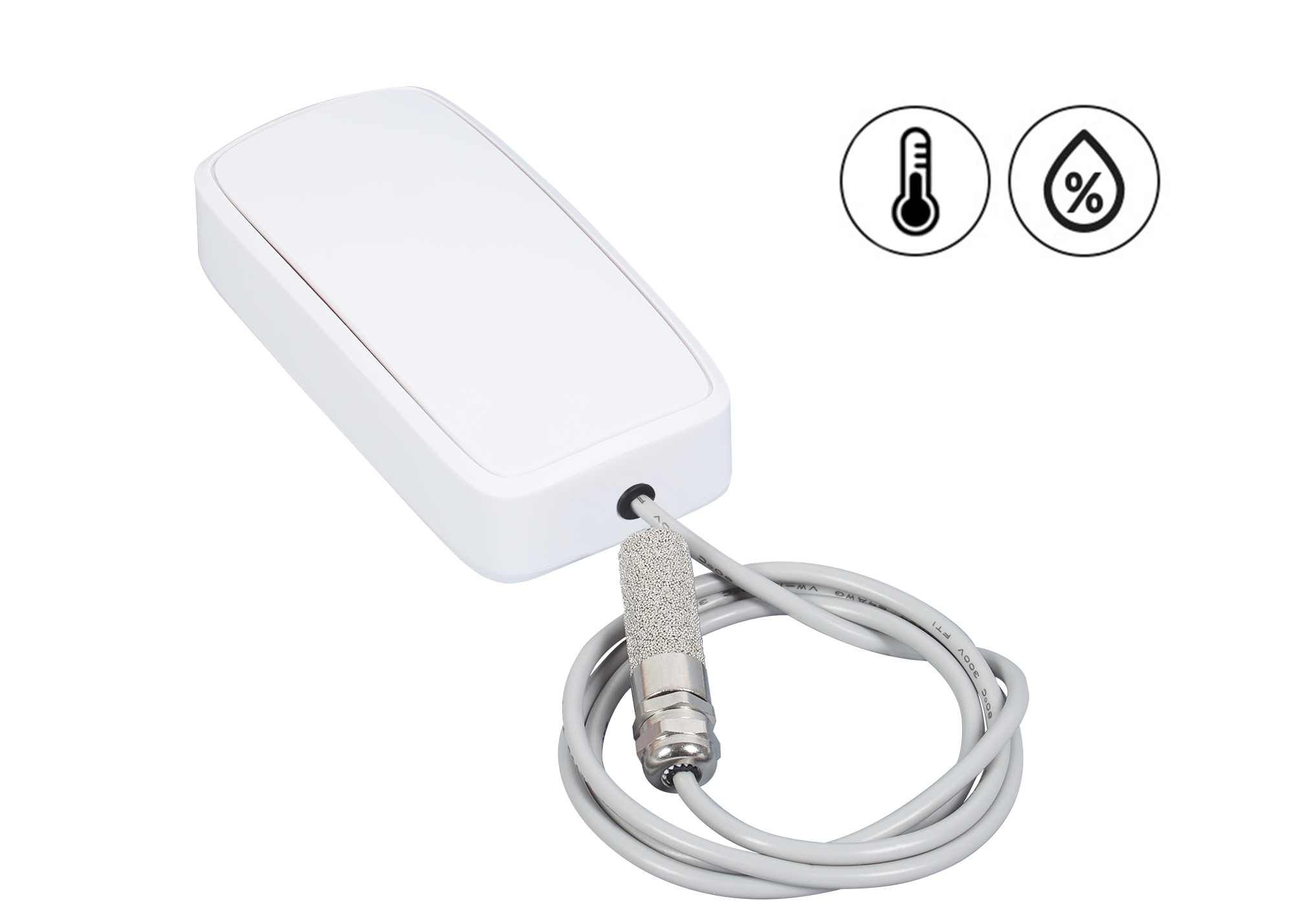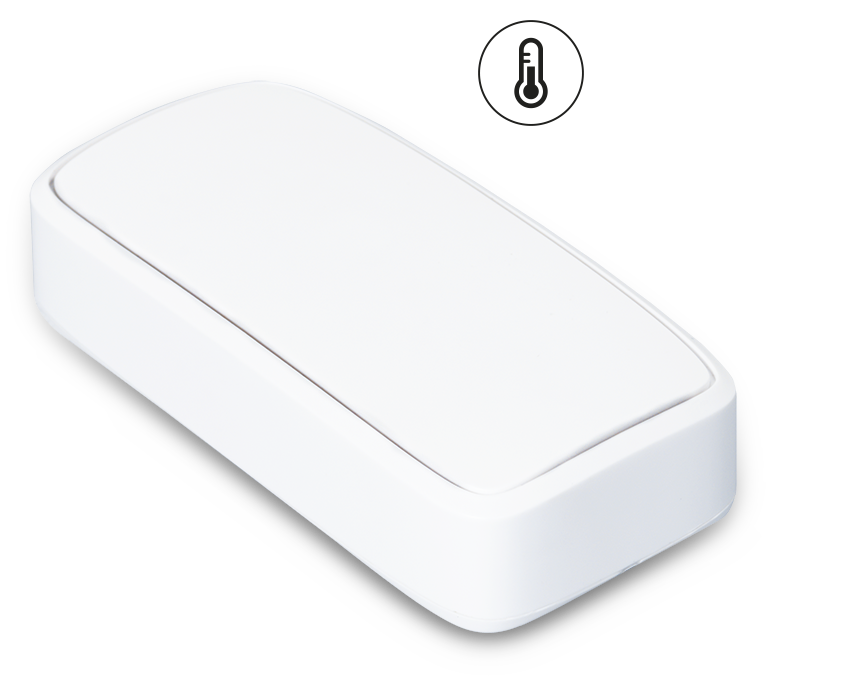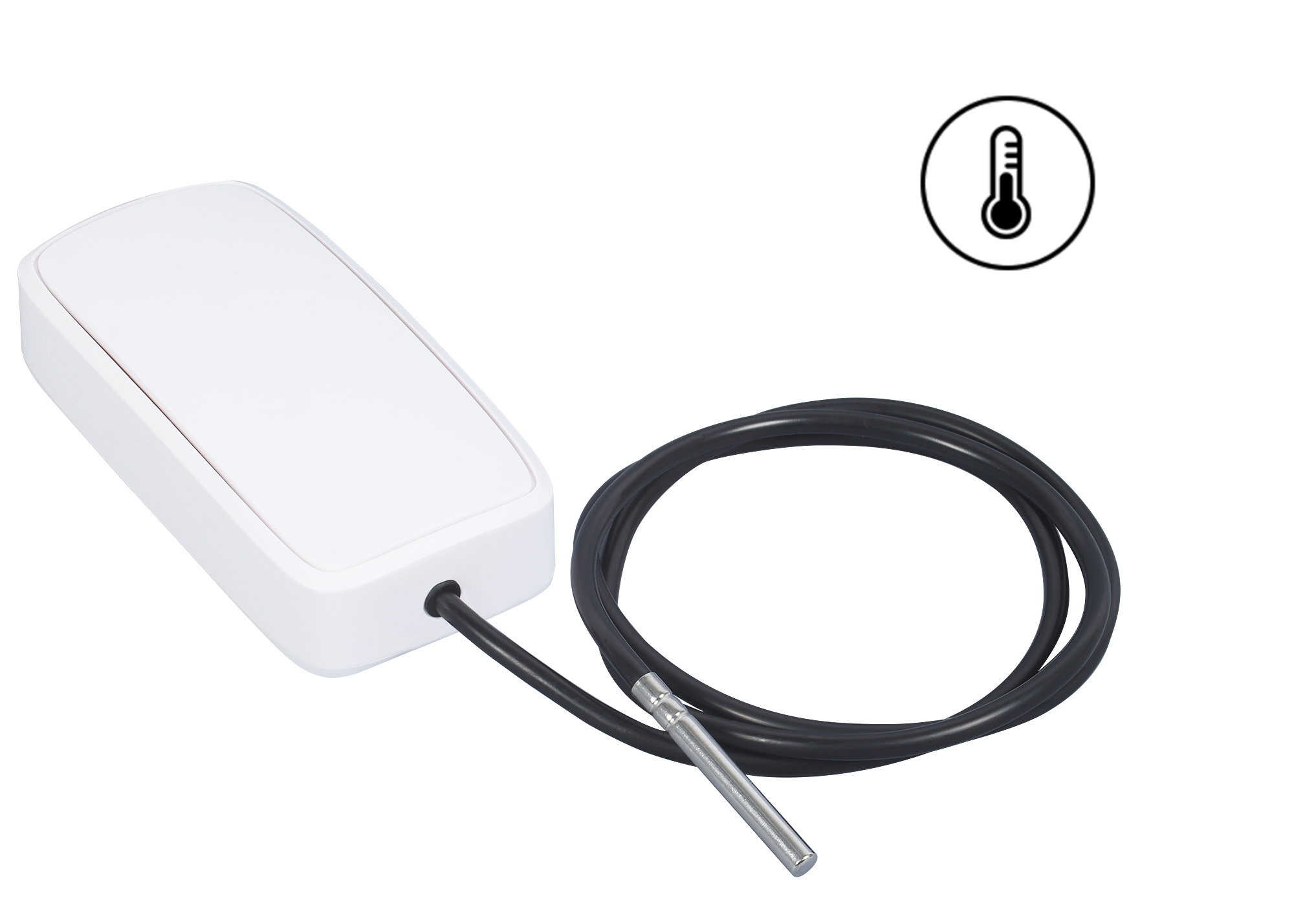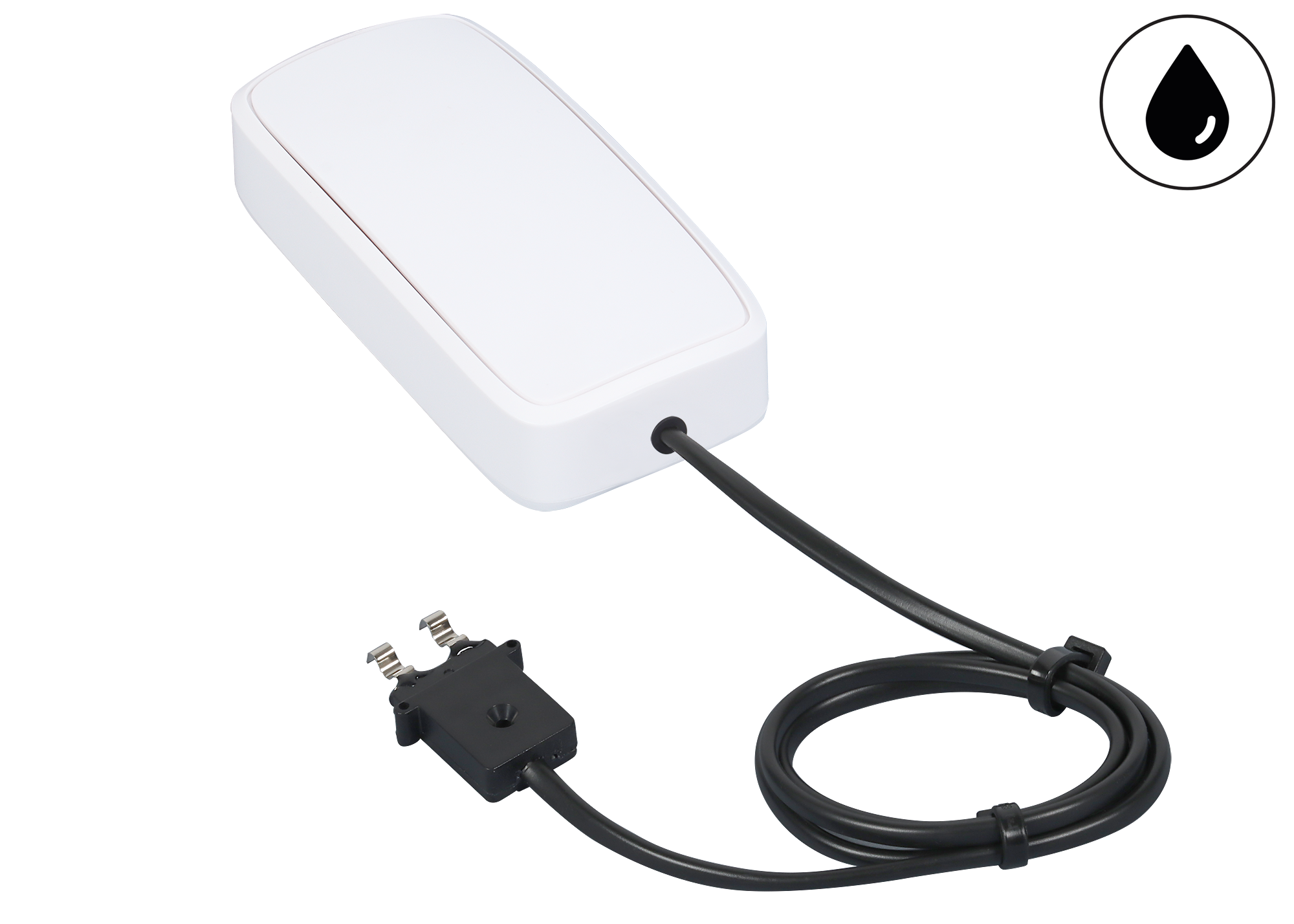The Internet of Things changes our World. In an increasing number of facilities and cities around the world, sensors and other devices that access the network are installed. Connecting “Things” to the network and enabling them to collect and exchange data allows to significantly improve existing processes and create completely new business models. Currently, the most popular use cases of Internet of Things are environmental conditions monitoring, locating objects and smart metering.
Further applications and new models based on the Internet of Things entail the necessity to develop completely new communication techniques that enable simultaneous communication of hundreds of thousands of devices. At the moment the key challenges for communication techniques used in IoT include:
- Providing a long battery life – many IoT devices must work for a very long time, often several years on battery power. A good example is an alarm device that sends data directly to the fire service. If the device is placed in every apartment, due to the scale, the costs associated with the replacement of batteries in such devices will be huge.
- Providing coverage – IoT devices can be installed in various places, in which it is impossible or very hard to provide cable communication- in basements, remote farms or in forests. Therefore, it is very important that the devices have a good radio range
Low cost of the device and low installation cost – it is expected that several billion IoT devices will be working on Earth in the next few years, and the Internet of Things will be several times larger than the Internet. That is why it is important that the devices and their implementation are inexpensive
Wireless communication for the Internet of Things
At the moment there are more than a dozen communication standards used for communication between IoT devices. Four main groups of communication standards for IoT can be distinguished:
- PAN (Personal Area Network) and HAN (Home Area Network) – short-range networks that enable communication of personal devices (sport watch, sleep tracker, heart rate monitor, etc.) and devices used in the household (e.g. thermostats, sensors, home automation). Devices operating in these networks are characterized by the lowest power consumption, and thus the longest battery life. The range of such devices, depending on the communication protocol used, ranges from a few centimeters (NFC) to several tens of meters (WiFi, ZigBee, Bluetooth Low Energy). The most popular protocols used for communication in PAN and HAN include NFC, RFID, Bluetooth Low Energy, ZigBee, WiFi and Z-Wave.
- LAN (Local Area Network) – A network covering a larger area, e.g. a factory or an office building. Devices that work in these networks are mainly various types of wireless sensors that communicate with gateways enabling data transmission to the Internet. Wireless communication in LAN networks requires a range of several dozen to several hundred meters. Commonly used communication protocols in LAN networks are WiFi and Bluetooth 5.0.
- WAN (Wide Area Network) – a wide area network covering a large geographical area. Until recently, wireless communication in WAN networks has been based only on GSM networks (2G, 3G, 4G), which made the devices require a continuous power supply. Recent years have brought the emergence of a new group of communication techniques dedicated to the Internet of Things – LPWAN (Low Power Wide Area Network). Using these communication techniques, devices can send very little data volume over long distances using only battery power. LPWAN communication techniques are used by all kinds of sensors, electricity meters, trackers, and even larger devices that transmit diagnostic data. The most popular wireless communication technologies in this group are: LoRA, Sigfox, NB-IoT, LTE-Cat1 and LTE-M. LPWAN communication technologies are relatively new, therefore the prices of communication modules supporting them are high in relation to the prices of modules supporting short distance communication (ZigBee, BLE, WiFi). Ultimately, LPWAN communication modules will cost no more than $5, which should make these communication techniques more popular.
Which wireless communication technology should you choose?
Each of the wireless communication techniques has its advantages and disadvantages. When choosing a communication technique, it is worth choosing it appropriately for the use case. For example, a sports watch that monitors the heart rhythm does not have to send data over long distances, but it is important that it often takes measurements and runs for a long time without replacing the batteries. On the other hand, wireless sensors that monitor the temperature in distant buildings do not have to send information every few seconds but it is important that their installation is quick and convenient, and the battery replacement is as rare as possible.
When choosing a wireless communication technique, you should consider:
- Range – if the device is to operate only locally, it is important that the range is sufficient to cover the working area of this device. For example, in the case of a sports watch, a few tens of centimeters of range are needed, and in the case of home automation devices, a dozen or so meters. Increasing the range is almost always at the expense of the power consumption and hence shorter battery life or limitations associated with the data transmission period. Some of the wireless communication techniques mentioned above allow devices to form a mesh. This solution is convenient for buildings in which many IoT devices work (home automation, wireless sensors). Devices connected with the mesh can communicate with each other, thus increasing the range.
- Scalability – how many wireless devices should work in the installation? Is it possible to add additional devices and will it not interfere with the operation of the entire network? Ultimately, billions of devices will work on the Internet of Things network, which is why some of the protocols have been designed to enable the largest number of devices to work together. A good example is NB-IoT, a communication technique based on a cellular network, which allows more than 50,000 devices work within one cell simultaneously.
- Costs – devices prices vary depending on the communication technology they use. This is mainly due to the popularity of a given communication technique and, consequently, the prices of modules and entire devices. In addition, the implementation of Internet of Things devices may involve additional costs associated with ensuring communication with the Internet. In case of some technologies (e.g. LoRa, ZigBee, Z-Wave) to enable devices communication a gateway is needed. It is a device receiving data and transmitting it using other communication techniques (e.g. GSM, Ethernet). In the case of other communication techniques (eg NB-IoT, Sigfox, LTE-M) access to the network is associated with fees for the operator (in the amount of several cents/device/year). For example, if we want to use a network of wireless sensors to monitor physical conditions in one building, a more convenient solution may be to use a solution that requires the use of gateways, but does not involve any fees payable for each device. On the other hand, in the case of many objects in which, for example, only the temperature is monitored, it may be more beneficial to use the NB-IoT network. An interesting case of wireless communication is Bluetooth Low Energy, with which all smartphones are currently equipped – thanks to this, in some cases the smartphone can take the role of a gateway (e.g. reading data from the memory of the sensor and sending them to the cloud platform).
We invite you to read the next parts of this article, in which we will discuss specific wireless communication techniques in detail. We also invite you to familiarize with our wireless NB-IoT loggersand Bluetooth Low Energy loggers.


